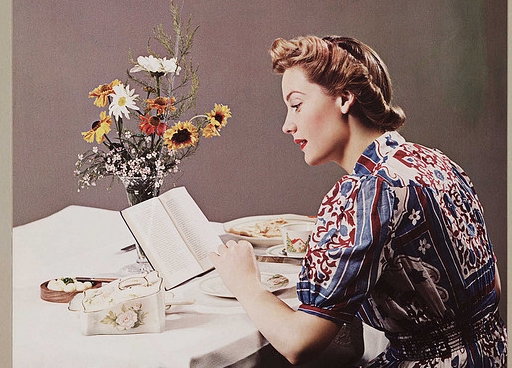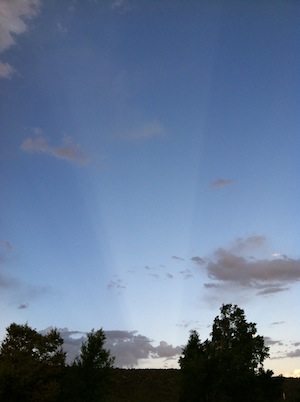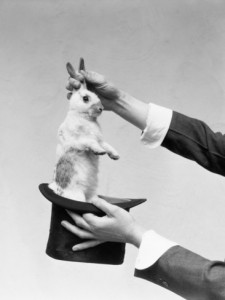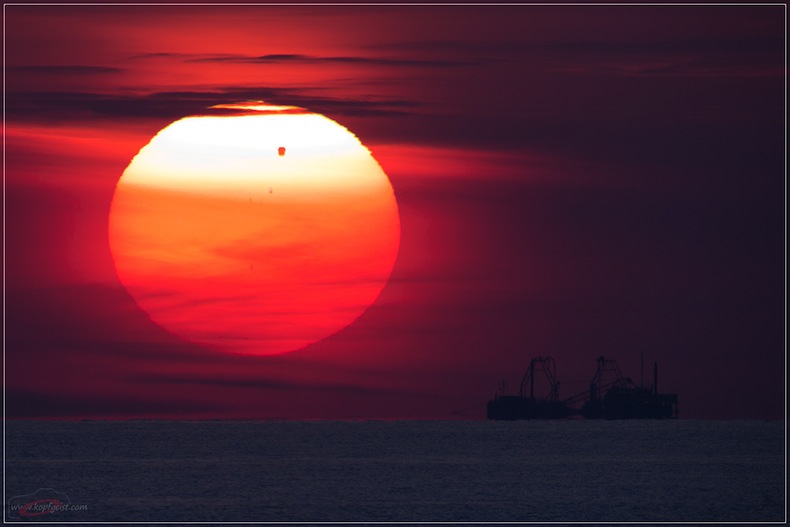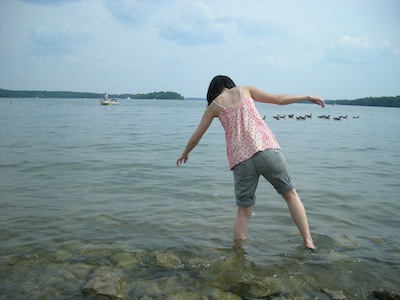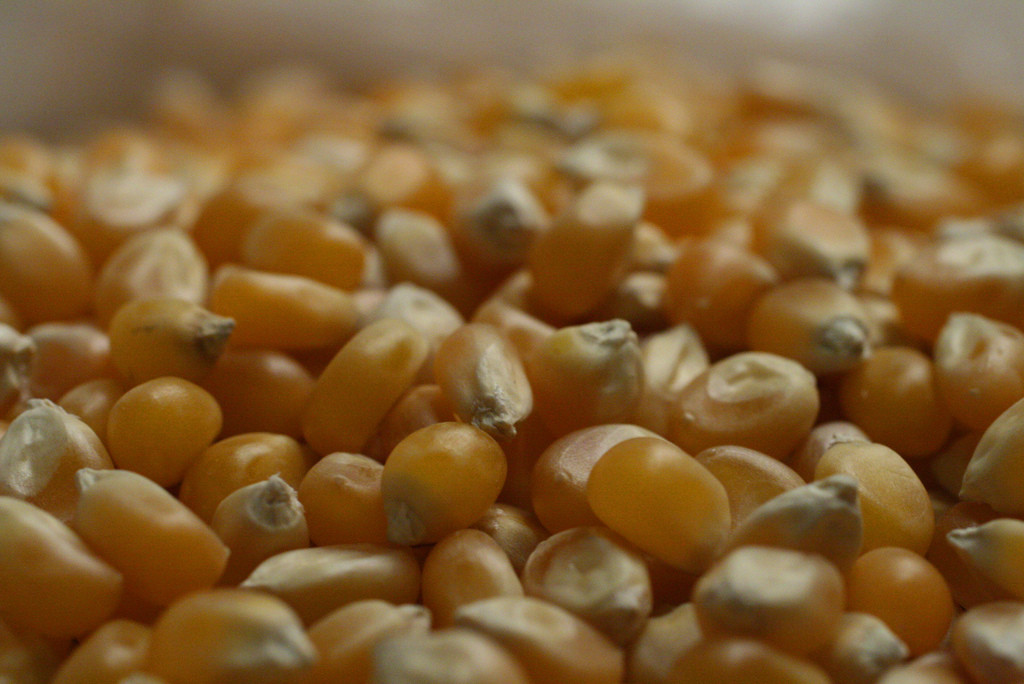Two weeks ago, for the first time in 15 years, I flushed the toilet inside my house.
This — and by “this” I mean the 15 years of non-flushing — was not quite as gross as it might sound. Until very recently, my family and I lived off the electrical grid in rural Colorado, in a straw-bale house with solar panels, minimal plumbing and a limited water supply. To conserve electricity, we had few appliances, and to save water we used a composting toilet (we had what is delicately called a honey bucket). It was fun and cheap and wonderful in unexpected ways — even the honey bucket had its charms — but over the past year it became clear that my family needed a less isolated place to call home.
Our off-the-grid life and our move is chronicled in this new piece from the public-radio show BURN, but to make a long story short, we rented out our straw-bale nest, bid tearful goodbyes to our neighbors, and moved to the middle of a still rural but larger town in the Pacific Northwest, close to both family and old friends. And then we promptly plugged back into the grid.

